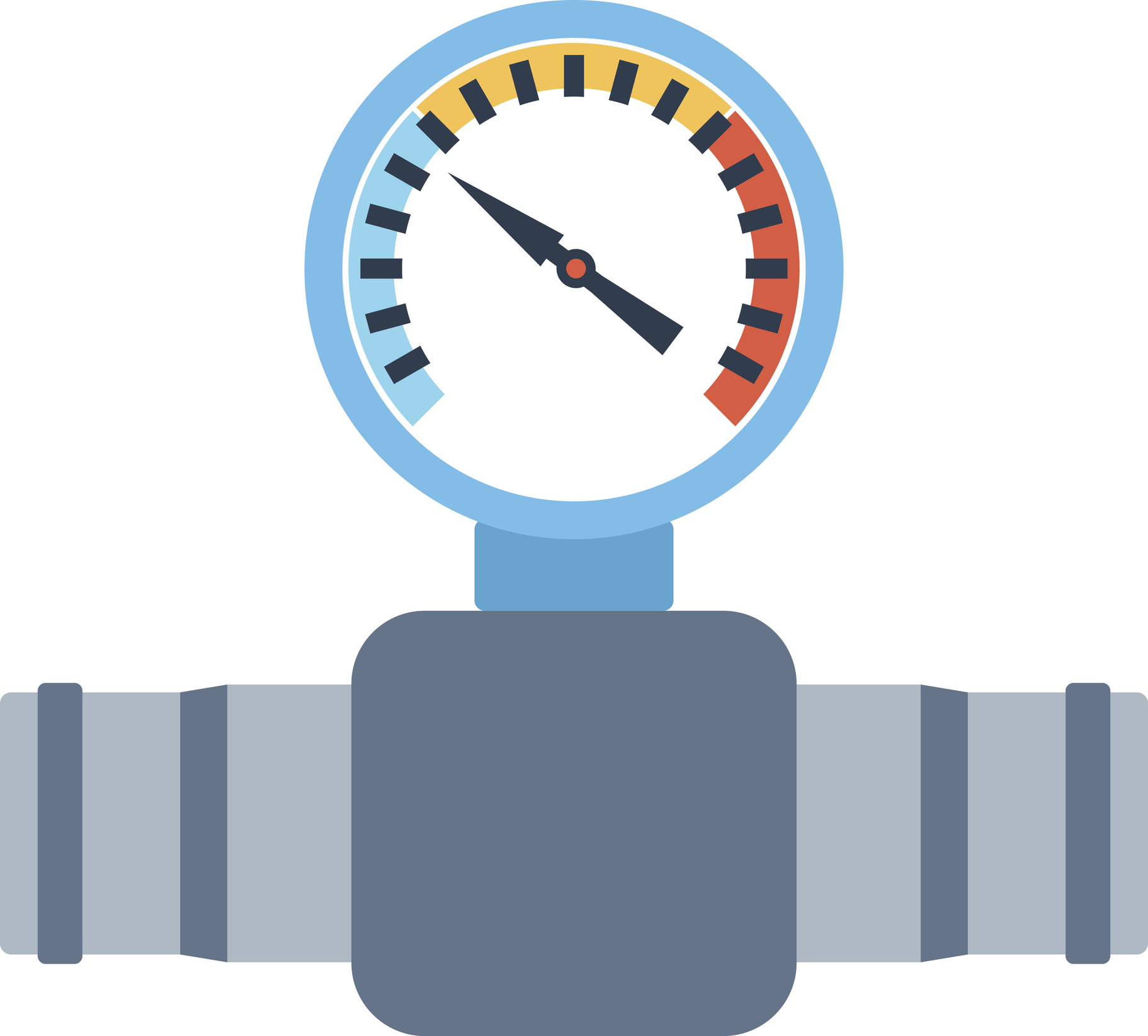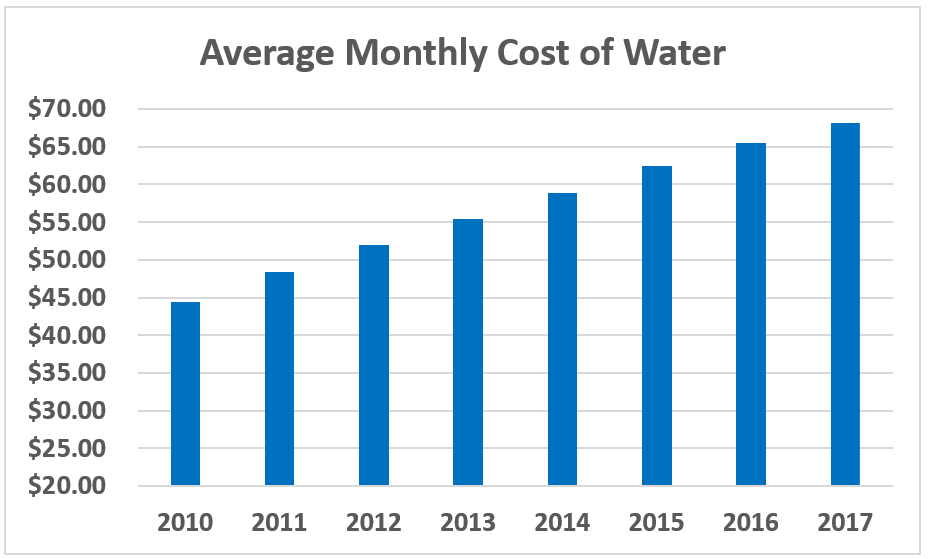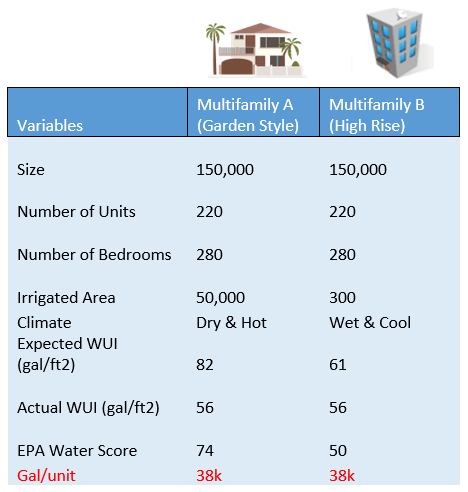
How EPA’s New Water Score for Multifamily Gives You a Smarter Way to Save Water
Amy Hou | December 6, 2017 | Energy & Sustainability
This post was contributed by Zach Shelin, Associate at the Cadmus Group, writing on behalf of EPA’s ENERGY STAR® program.
Take a look at a water bill from, say, 2010 and compare it with last month’s bill. Prepare for some sticker shock. Water rates are often more than 50 percent higher now than they were less than a decade ago, especially for households in urban areas. You could even be seeing double digit percentage increases in your water bills from year to year, even if your total water use isn’t changing at all.
If the multifamily property you manage pays tenant water bills directly, every day you put off taking steps to save water, you’re losing money. Those rate spikes are hitting your bottom line, or forcing you to charge less competitive rents. You’ve probably done a lot to cut your property’s electricity use, yet the increase in water rates in recent years is more than double the increase in electricity rates during the same period.

Figure 1: Average monthly cost of water (per 1,000 gallons) for family of four using 100 gallons per person a day
With rising costs comes an opportunity: you can get ahead of other property owners by taking simple, inexpensive steps to save water in your properties, such as tracking water use. It might sound surprising, but most property owners aren’t tracking water use at all. Of the hundreds of thousands of buildings tracking energy use in the U.S. Environmental Protection Agency’s (EPA) ENERGY STAR® Portfolio Manager® tool, less than half are tracking water use.
EPA’s WaterSense program estimates that replacing a bathroom’s water fixtures (toilet, showerhead, and faucet aerator) can save hundreds of dollars annually, paying for itself in under a year. How much could you decrease vacancy if you captured those savings and then passed some of those to tenants by offering rents $100-$150 cheaper than a competing property? How much could your property stand out to environmentally conscious renters by publicizing its water efficient units when no other properties nearby are even thinking about water use?
You need to do more to save water, but here’s the problem: how do you know if your property’s water performance is good or bad?
Until recently, there was no metric to tell you where a property’s water performance ranks against other properties. Total water use and water use intensity (water use per square foot) are starting points, but they don’t account for things like garden style apartments having a larger share of irrigated area than a high rise. They also don’t adjust for properties in hot climates like Arizona, or properties with higher than average unit density.
If you want to take the next step and move on to a smarter metric for water management, start using EPA’s new 1-100 water score for multifamily housing. You’ll enter a handful of basic details about your property and a year’s worth of water bills in Portfolio Manager. You’ll then use the water score to see which of your properties are top performers with best practices to share, and which are water hogs with big savings potential.
The EPA water score was built with the same approach used to build the 1-100 scores for energy performance, and it accounts for a property’s climate, irrigated area, and unit density.

The water score helps you make smarter choices about where to invest staff time and budget to save water. The two example buildings above use the exact same amount of water. Without the EPA water score, you might assume that they have the same water performance. But with the water score, you can see that Multifamily A, a garden style apartment complex, is much more water efficient because it’s using the same amount of water in a hot and dry climate with a large irrigated area that Multifamily B, a high rise, is using in a wet and cool climate with almost no irrigated area. Multifamily B clearly has a greater need for investment and improvement.
To get started using the EPA water score, set up an account in Portfolio Manager. You can learn how to use the tool at www.energystar.gov/buildingstraining.
Find inspiration for water-saving strategies using the multifamily resource guides.
Feel free to reach out to EPA if you have any questions or feedback.
Learn how to automate your water data delivery into Portfolio Manager here.
Related Resources:
- Expert Q&A: The Power of Benchmarking in ENERGY STAR® Portfolio Manager® (Part 1)
- Fixing the Leak in Water Efficiency with Data
- The Next Frontier in Energy Efficiency: “Greening” Multifamily Housing
If you like what you’re reading, why not subscribe?
About Amy Hou
Amy Hou is a Marketing Manager at Urjanet, overseeing content and communications. She enjoys writing about the latest industry updates in sustainability, energy efficiency, and data innovation.
You May Also Like
Support Business Continuity by Embracing ESG
Honor Donnie | March 18, 2022 | Energy & Sustainability
